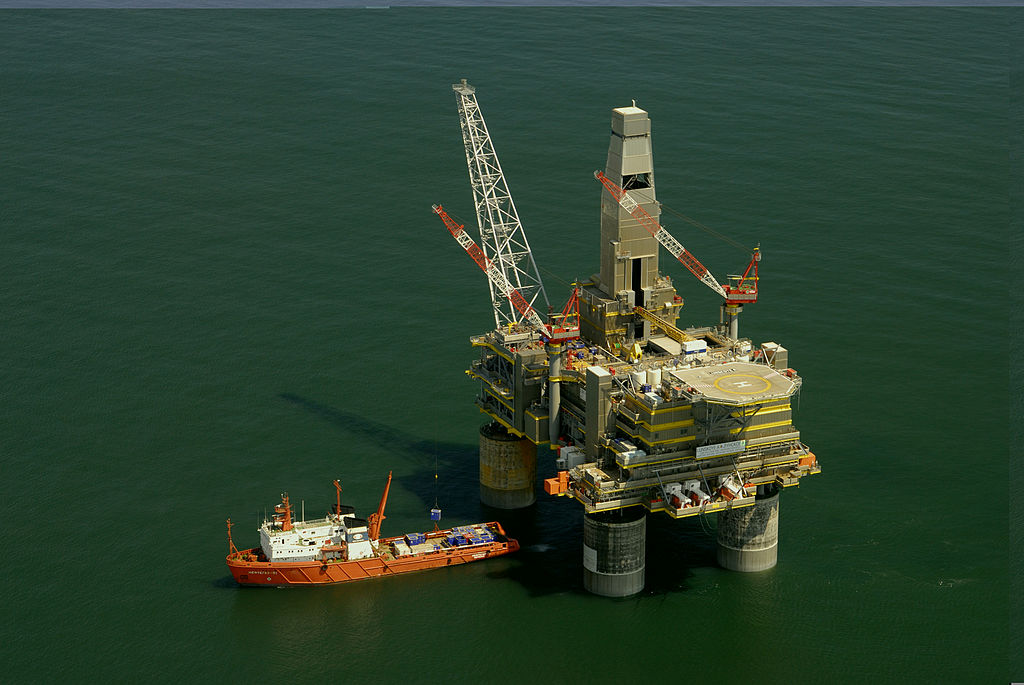Back in 2007 and 2008, correlation between individual commodities had reached very high levels. Of late, however, we have seen significant de-correlation between individual commodities, leading to polarised returns. For example, in the year to 31 May 2013, the DJUBS Commodity index returns for corn exceeded 33% while natural gas rose by over 20%. At the same time, wheat increased by just over 1%, aluminium fell by more than 10% and silver declined by more than 20%.

Commodity decoupling has created opportunities for relative value trades within the portfolio and we have been able to successfully exploit this strategy in metals, energy and grains. This was particularly the case in grains with positions between corn and wheat, and in energy between Brent and WTI Crude Oil or US Gasoline and US Natural Gas.
A US economic recovery is something of a two-edged sword for commodities, as it has two opposing effects
So what has been driving this decoupling? We believe investors initially bought into the commodity supercycle theory, both as a way of tapping into the China story and as a hedge against inflation. The supercycle theory was based on the premise that the industrialization of China would result in a prolonged period of sustained economic growth and increased demand for commodities, thus driving up prices for all commodities.
However, in recent months a growing consensus has developed that China’s growth is likely to decelerate and undergo a shift in emphasis from investment in fixed assets and infrastructure towards domestic consumption. This is likely to have a significant impact, particularly on metals and bulk commodities. As a result, some investors have declared the supercycle dead and are focusing instead on specific factors within each commodity class, such as different supply and demand dynamics within individual markets.
A further significant issue has been the extent to which the macroeconomic environment in the US is improving. A US economic recovery is something of a two-edged sword for commodities, as it has two opposing effects. On the one hand, a stronger US economy should lead to increased demand for commodities. However, it also tends to result in a strengthening dollar and, over time, there is quite a high correlation between dollar strength and commodity price weakness, since commodities are priced in dollars.
Our positioning
We are positive on the energy sector in general, and oil-based energy in particular, as structural demand continues to grow, particularly from emerging markets. Moreover, oil markets are less affected by a deceleration in Chinese growth or a change in the country’s growth strategy. We also believe the impact of an improving US economic environment is positive for oil markets, as the US remains the largest consumer in the world and higher employment should have a positive impact on demand for oil and gasoline. A strengthening US dollar is of less relevance in this sector, as energy tends to be less correlated to the dollar than is the case with metals.
We have been underweight base metals for some time. The shift away from fixed-asset investment to consumer-led growth in China is bound to have an impact on those metals, such as copper, where China has been biggest source of demand over the past few years. The potential strength in the dollar is also likely to be negative for metals due to their strong correlation to the greenback. In addition, the investment we have seen from hedge funds has been driven by a bearish view on the dollar and, as the dollar has strengthened, we should see some liquidation of these trades.

Some investors have declared the supercycle dead and are focusing instead on specific factors within each commodity class
Outlook
We believe recent volatility in the commodities sector creates exciting opportunities to position our commodity portfolios advantageously in the second half of 2013. We remain bullish on the oil sector, especially oil products. Geopolitical risk in Syria and the Middle East in general is clearly a key issue. This risk has been underplayed lately because investors are paying more attention to China and the US −as we progress through the year, the market may be jolted by bad news. In the metals sector, we remain slightly bearish, as the outlook hinges on the changing nature of Chinese growth.
We remain firm believers in the benefits of active versus passive investment when accessing opportunities across commodity markets. We combine not only the use of curve strategies, which is a very popular way of investing in the commodities market, but also the above-mentioned relative value trades, enabling us to raise and lower risk, as appropriate. As intra-asset correlation comes down, our relative value strategies should continue to provide good opportunities.
Opinion column by Nicolas Robin, Co-Manager of the Threadneedle (Lux) Enhanced Commodities Fund.

